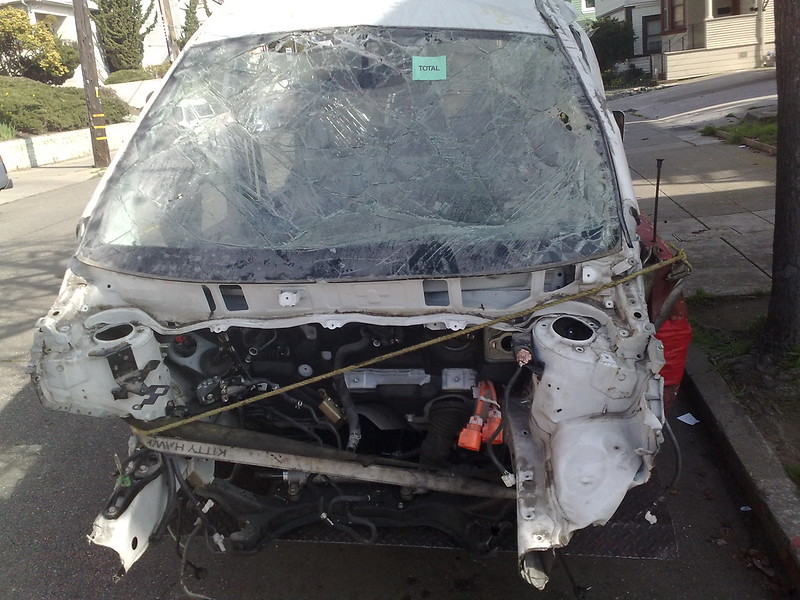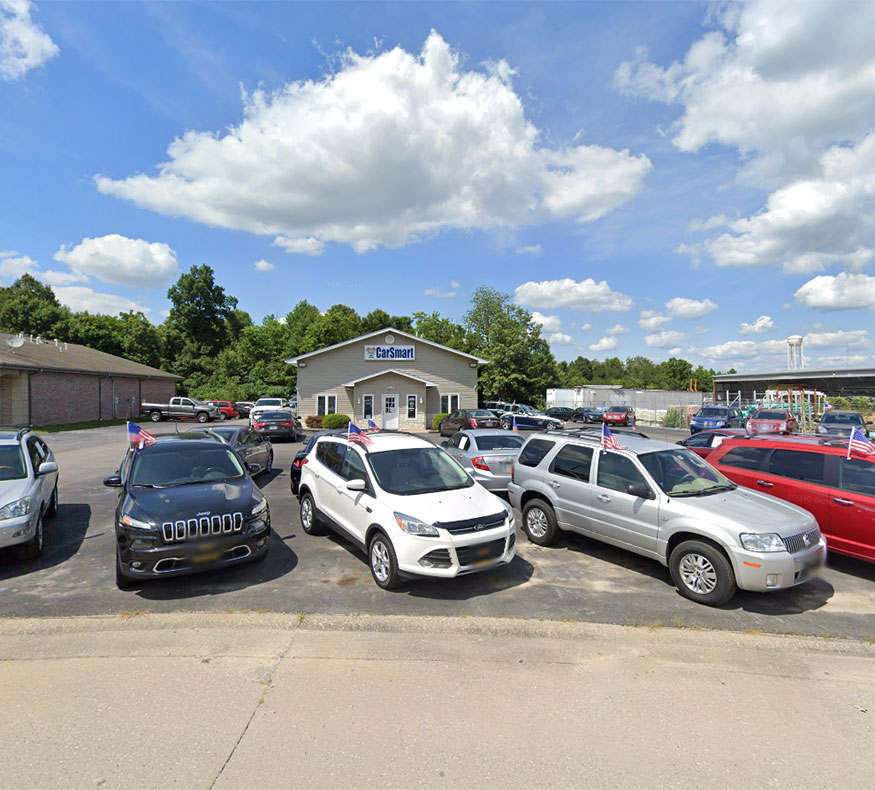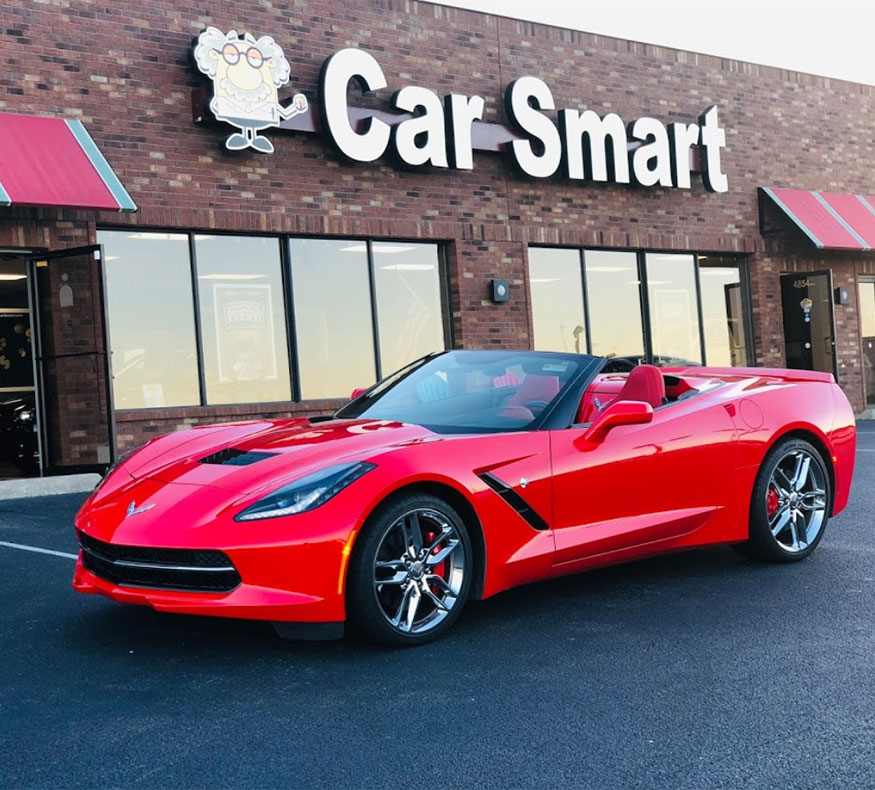Car insurance is an important consideration with any vehicle that you lease or own. You must have your state's minimum required coverage, but you can also go above and beyond this to get more than the bare minimum of protection. If you have a new or extremely valuable car, it's usually best to increase your insurance coverage so you're fairly compensated if something catastrophic happens to your vehicle. Gap insurance is one way to do this.
Understanding Gap Insurance

Image via Flickr under CC BY 2.0 by allaboutgeorge
Gap insurance is an optional form of car insurance that will help you pay off your auto loan in the event that your car is stolen or totaled while you still owe more than what the car was worth. As the name suggests, gap insurance covers the gap between the depreciated value of the car and the amount you still owe on your car loan.
It's easy to overlook additional insurance like this, but you may wish you hadn't if you find yourself in a qualifying situation. The value of a new car usually decreases a full 20% over the first year of its life. The value then continues to fall by about 10% a year after that. Even the Jeep Wrangler Unlimited, which has the lowest depreciation rate according to Experian, loses nearly 31% of its value over five years.
The most common loan term is 72 months, so you could easily find yourself in a situation where you still owe thousands on your car even though it's no longer worth the purchase price that you're paying off. If your car becomes completely unusable within this window of time, gap insurance is the only way to avoid losing a large chunk of money.
Gap Insurance at Work
To fully understand gap insurance, consider the following scenario. You purchase a new car for $35,000. With a 72-month loan and a 7% interest rate, you'll have paid your balance down to $30,135 after the first year. However, that $35,000 car is now worth just $28,000. After the next year, your car is worth $24,500 but you owe $24,918 on it.
If your vehicle is totaled or stolen in this time frame, your standard insurance will only reimburse you for the depreciated value of the car. This could leave you with hundreds or even thousands of dollars left on your car loan. Gap insurance steps in and covers this discrepancy, making up for what you still owe so you can get out of the current car loan free and clear and move on to the process of acquiring your next vehicle.
Who Needs Gap Insurance?
Gap insurance isn't for every situation. It's important to do the math for your particular vehicle and car loan to determine whether gap insurance will help and how much. If you purchase a new vehicle for $20,000 with a 48-month loan and 3.5% interest rate, you'll have the balance down to $15,258 after the first year, while the car is still worth about $16,000. After two years, the car should be worth around $14,000 but you'll only owe $10,349 on your loan.
To determine whether gap insurance is appropriate for your situation, you should carefully evaluate the value of the car, the expected depreciation for that make and model, and the terms of your car loan. You should also compare gap insurance policies from different providers so you can make sure you're not spending more than you'll potentially recoup on your plan.
Gap insurance is often a good idea if:
- You're leasing a vehicle.
- Your loan term is more than 60 months.
- Your loan included an extended warranty, license, and tax fees and your finance amount is higher than the value of the car.
- You made less than a 20% down payment.
- You chose a car with faster than average depreciation rate.
- You drive a lot and therefore depreciate your car faster than average.
Who is Eligible for Gap Insurance
Most companies will only issue gap insurance for vehicles that are under three years old. Many insurance providers also restrict gap insurance to the vehicle's first owner. However, you may find some insurance providers that will provide gap insurance for a pre-owned car that's less than three years old. If you're interested in gap insurance, you can contact your insurance provider or another auto insurance company in your area for more details.
How to Get Gap Insurance
The best way to get gap insurance is typically through your insurance provider. Speak with your current car insurance company first to determine what they charge for gap insurance and whether you're eligible with your current vehicle.
You can also purchase gap insurance through a separate insurance provider that only handles your gap insurance policy. This is a more complex way to handle the situation since it gives you a separate bill to pay in addition to your regular car insurance. However, if you find a highly competitive rate, you might want to consider taking this route.
Finally, you can sometimes get gap insurance through your lender. The same company that provided your car loan might offer to roll gap insurance into your coverage. Though this sounds like a smart idea, you should note that you'll then pay interest on this now-inflated sum. It's typically best to avoid this option and seek a more affordable gap insurance policy for your vehicle.
Alternatives to Gap Insurance
If you're purchasing an older vehicle that's not eligible for gap insurance, you can get a similar type of coverage with loan/lease payoff insurance. This type of insurance will usually pay up to 25% of the vehicle's actual cash value in the event that it's totaled or stolen. In many cases, this is enough to cover the gap between what you owe on the vehicle that what you will get from your insurance for the fact that it was stolen or totaled.
If you're not yet sure what price tag the vehicle of your dreams might have, visit us at CarSmart of Farmington to find out. We can help you find the perfect vehicle so you can move on to other considerations like the proper protection and insurance coverage.




